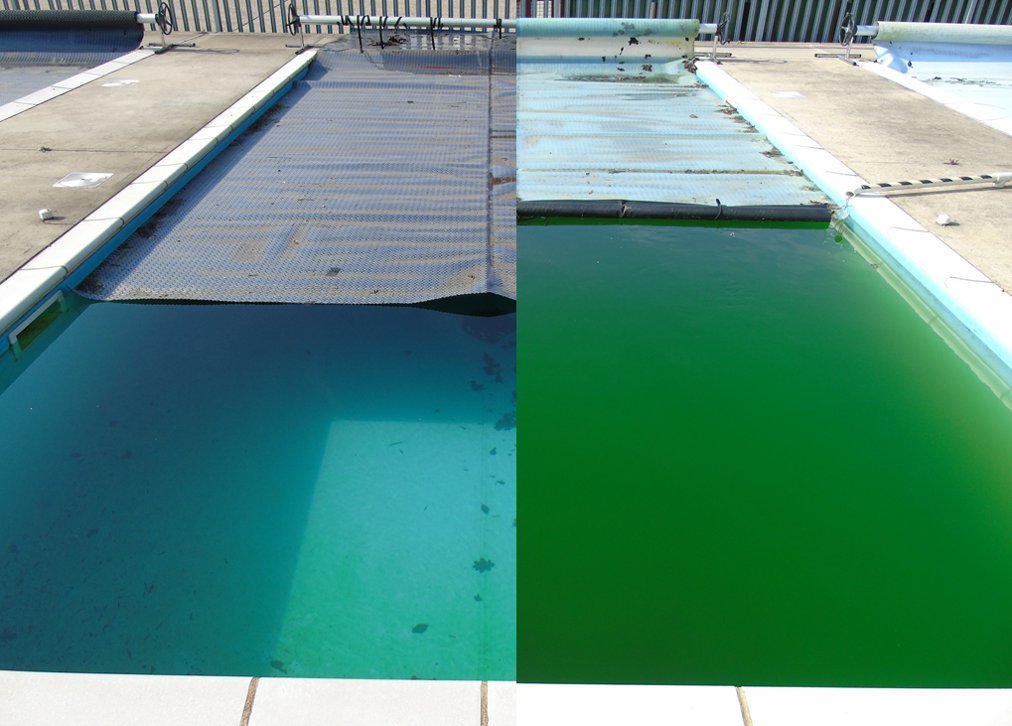What causes Pool Algae?
Are you wondering what causes pool algae?
We’ve all been there. You have been busy and looking forward to enjoying your pool when you peel back your pool cover for a quick dip and are confronted with what can only be described as pea soup coloured water.
Despite your best efforts with your chemicals and balancing your chlorine and pH, you have a major algae bloom on your hands. This is going to take time, effort and a lot of chemicals to fix. Not what you wanted at all. The weekend plans have changed and it’s time to bring the pool back into a usable condition.
As experienced pool cover manufacturers, we’re here to help you understand what causes pool algae and guide you through eradicating it.

What are the main causes of Pool Algae?
Algae propagates due to a change in the pool environment. Maybe the filter needed a back wash. Or you’ve had a spell of good weather after rain dropped the free chlorine levels . Or an oscillation in the pH has reduced the effectiveness of the chlorine within the water. Whatever the cause of pool algae, it’s time to deal with it and a good place to start is to know your enemy.
Algae spores are always present in and around your swimming pool, and are being constantly brought into your pool in a number of ways – whether that’s through contaminated swimsuits, pool cleaning tools or simply wind and rain. In perfect conditions, such as when the chlorine level dips below 2-4ppm and the pH rises or the pump or filter is not working correctly, an algae bloom can occur within a matter of hours.
Algae need food (sulphates and nitrates) and light (for photosynthesis) to survive and in pools with higher bathing loads, or with higher levels of debris, algae have plenty to feast on. Usually algae are held at bay by the active sanitizers within the pool but if it does find a foothold the active sanitizer can quickly be overwhelmed by the bloom.
What types of Algae are there?
It’s important to recognise what type of algae is causing issues in your pool to be able to treat it. There are literally thousands of known varieties of algae, but they can be largely classified into the below categories:
Green Algae
Green Algae is the most common form of algae, and also the easiest to kill and give the water that tell-tale green tinge. It is frequently found free floating in the water, although it also will cling to the walls. Green algae is the easiest to get rid of, and can usually be treated successfully with a little extra chlorine or algaecide.

Yellow/Mustard Algae
Yellow, or mustard algae can look a little like pollen or sand in a corner of your pool. It tends to cling to walls and can be difficult to totally eradicate as it is resistant to normal chlorine levels.
Getting rid of mustard algae will usually require a bit more work, like shocking and brushing.
Black Algae
Black Algae can be extremely difficult to eradicate completely. It has strong roots that dig into concrete surfaces, and takes root in cracks and crevices. Unless these roots are destroyed, it will grow back. Black algae also have a ‘head’, which is a protective layer that is particularly resistant to chemicals. Removing black algae can be a long and difficult process, and will sometimes even require you to drain the pool and acid wash the pool surface.
How do I get rid of algae?
Now you know what the cause of pool algae could be, here’s our guide to treating it…
Step 1: Clean the pool and its surroundings:
Remove debris
As mentioned, debris can be causing pool algae as it’s a food source for algae, so you need to remove as much floating debris as you can with a net, including floating algae and leaves.
Brush your Pool
By scrubbing algae off your pool walls you’re letting sanitizer get deeper into the algae that’s remaining. It will also stir up the sediment that you’ve brushed off so that it can be killed and filtered out. Remember to give extra attention to areas of poor filtration such as in the corners or around steps or fitting in the pool. Don’t forget to empty and brush the skimmers also.
Vacuum your pool
You’ll then need to thoroughly vacuum your pool surface to remove the algae and debris loosened while brushing. Be sure to clean all the cracks and crevices, including under stairs and on any steps.
Step 2: Time to tackle the bloom:
Test and Balance the Water
Water chemistry is crucial to keeping your pool algae free. Test your pool using test strips or a digital kit to test your pool’s alkalinity and pH. By balancing your water chemistry now, you are ensuring that your sanitizer will be effective against the algae. High pH or low alkalinity will especially inhibit pool shock.
Shock Treatment
It’s time to change the balance in the pool. As with any biological matter in the pool the pool chemicals need to oxidise them to fully remove them from the pool. Shock dosing (or superchlorinating) your pool, means adding enough chlorine to clean the water and destroy the build-up of chloramines. The more resistant types of algae will require a more aggressive treatment, so if the levels of algae are heavy, you will need more shock.
It’s important to remember to remove your pool cover when shock dosing so as to avoid bleaching your cover.
Filter The Algae Out
Start by back washing the filter to remove and build up on the filter media that will reduce the systems efficiency. Remember to regularly back wash the system until the water is clear and balanced again. Shock treatment will turn your pool water a cloudy blue colour once the algae has been killed by the treatment.
Pool clarifier can be added to the water and will speed up this process but remember these aggregate the floating matter to the bottom of the pool and will need to be vacuumed out.
Re check your chemical levels
Shock dosing a pool or the use of an algaecide changes the water chemistry most likely affecting the pH. Once the shock levels have diminished, it’s time to bring the pool back to balance.
Adjust the pH level as required to return the water to between 7.2 and 7.6 with the ideal being 7.5 and add some stabilized chlorine to return and hold the pool’s active sanitizer between 2-4ppm.
A pool is as good as its tools! Don’t forget to clean your cover, your brush and any other cleaning tools you’ve used to clean your pool too – even the tiniest bit of left-over algae could cause algae to bloom again in your pool.
As the saying goes – prevention is better than cure.
That was a lot of work wasn’t it? I bet you don’t want to do that again in a hurry! The good news is you don’t have to worry about what’s causing algae in your pool if you simply select the right pool cover.
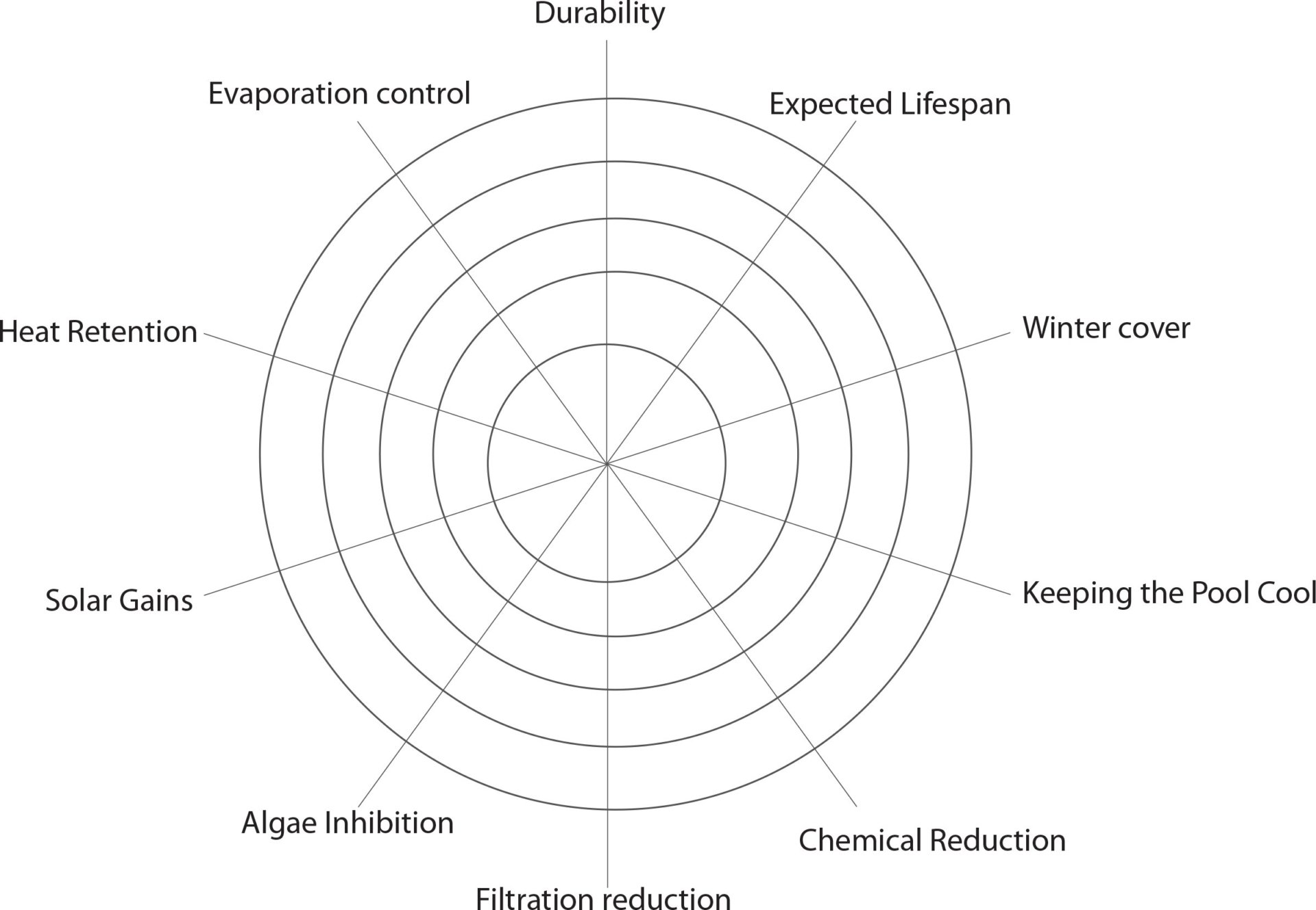

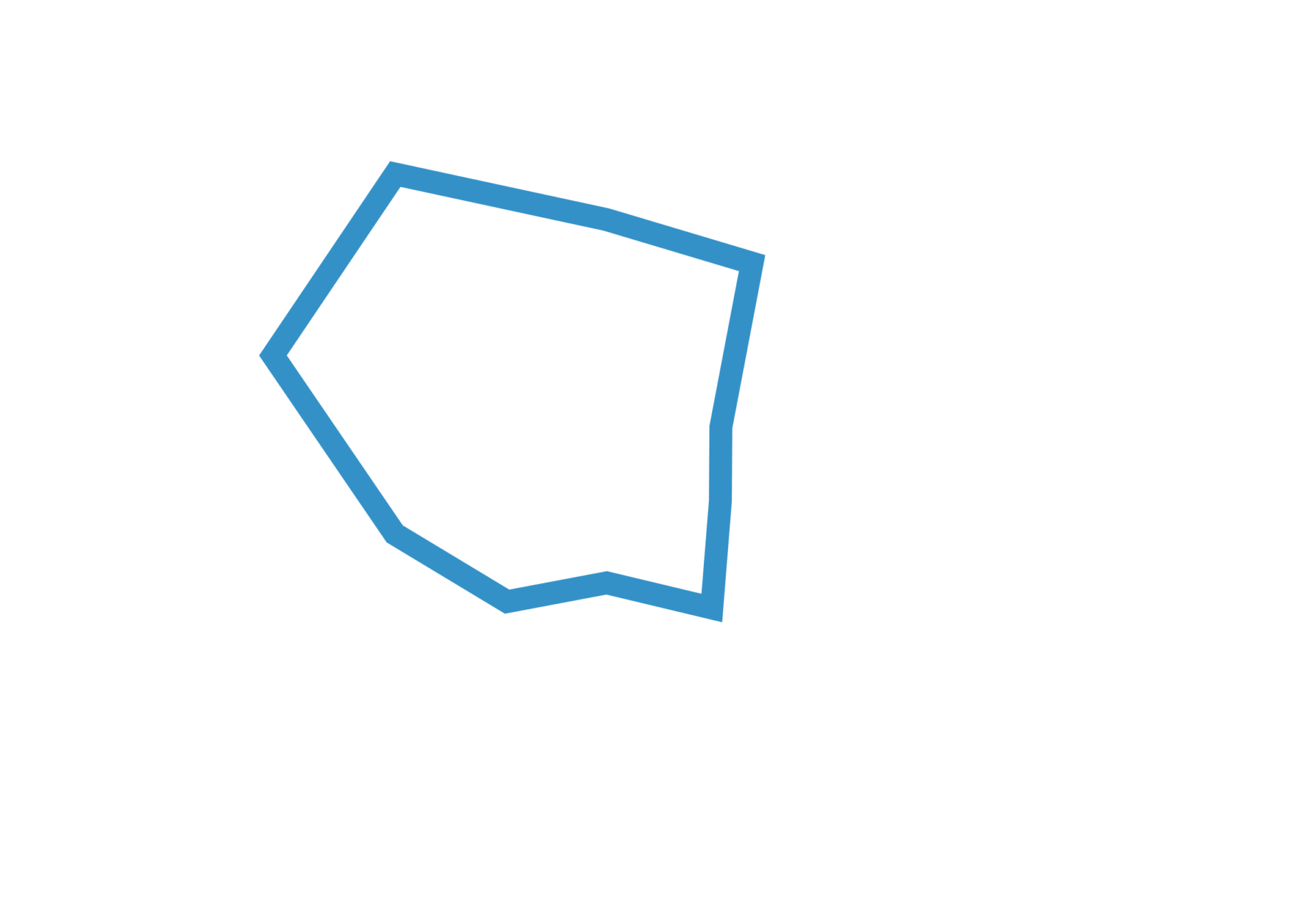
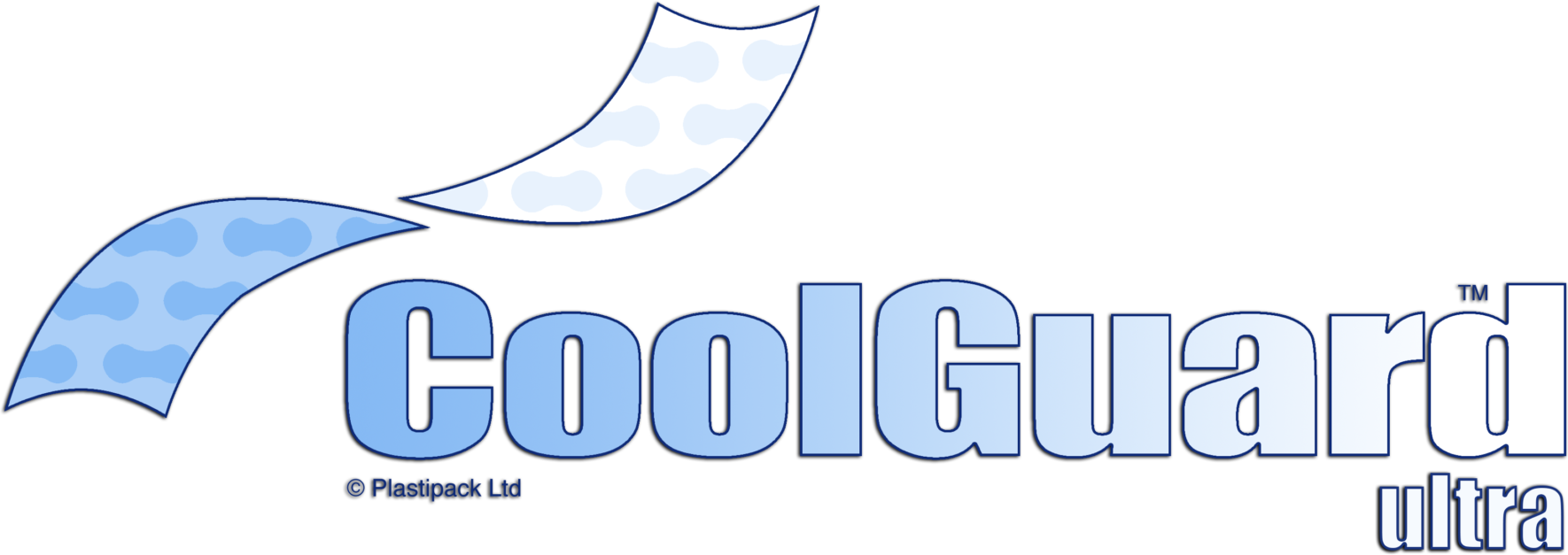
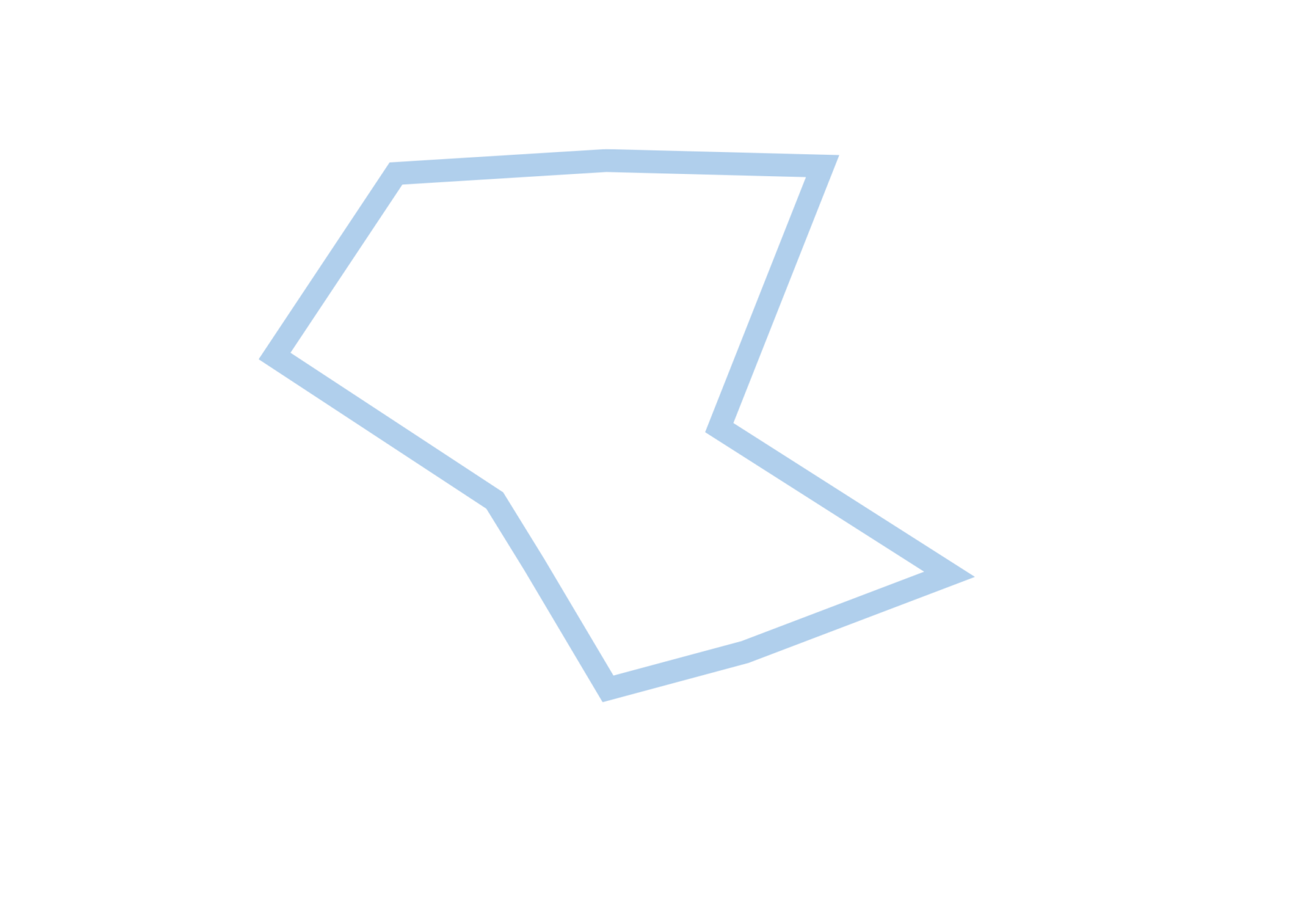
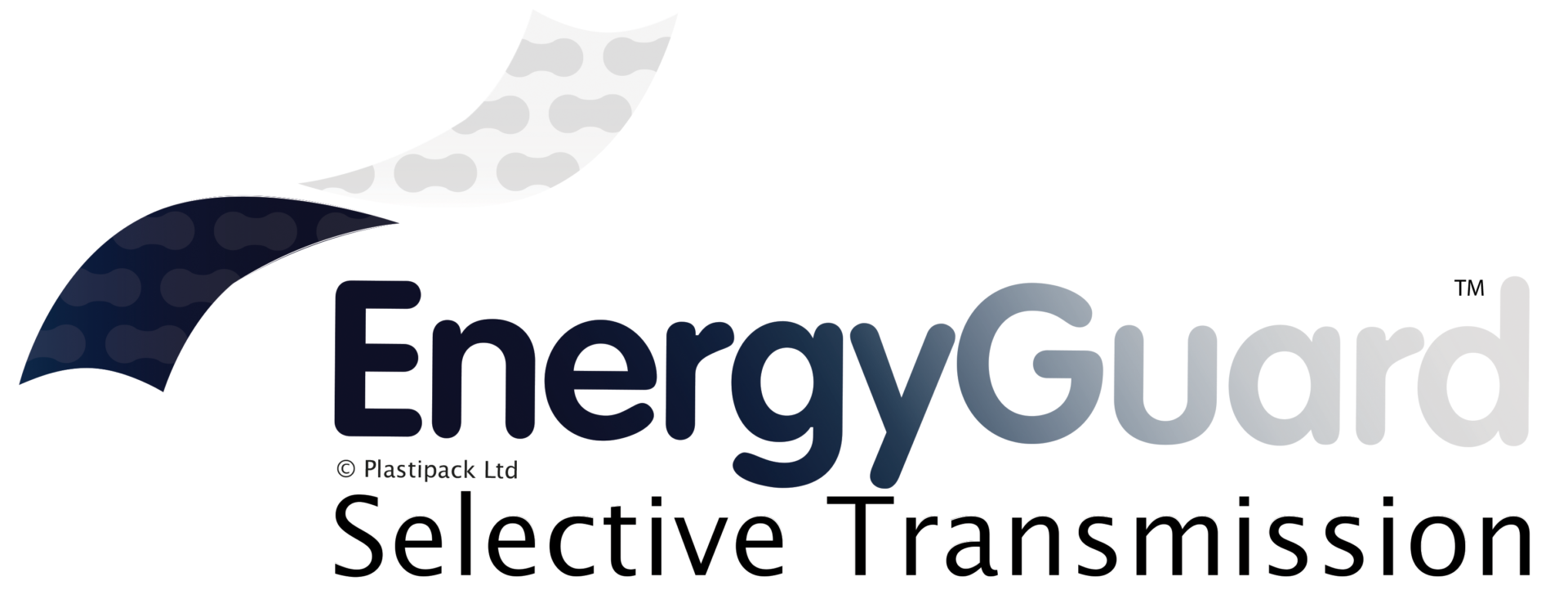
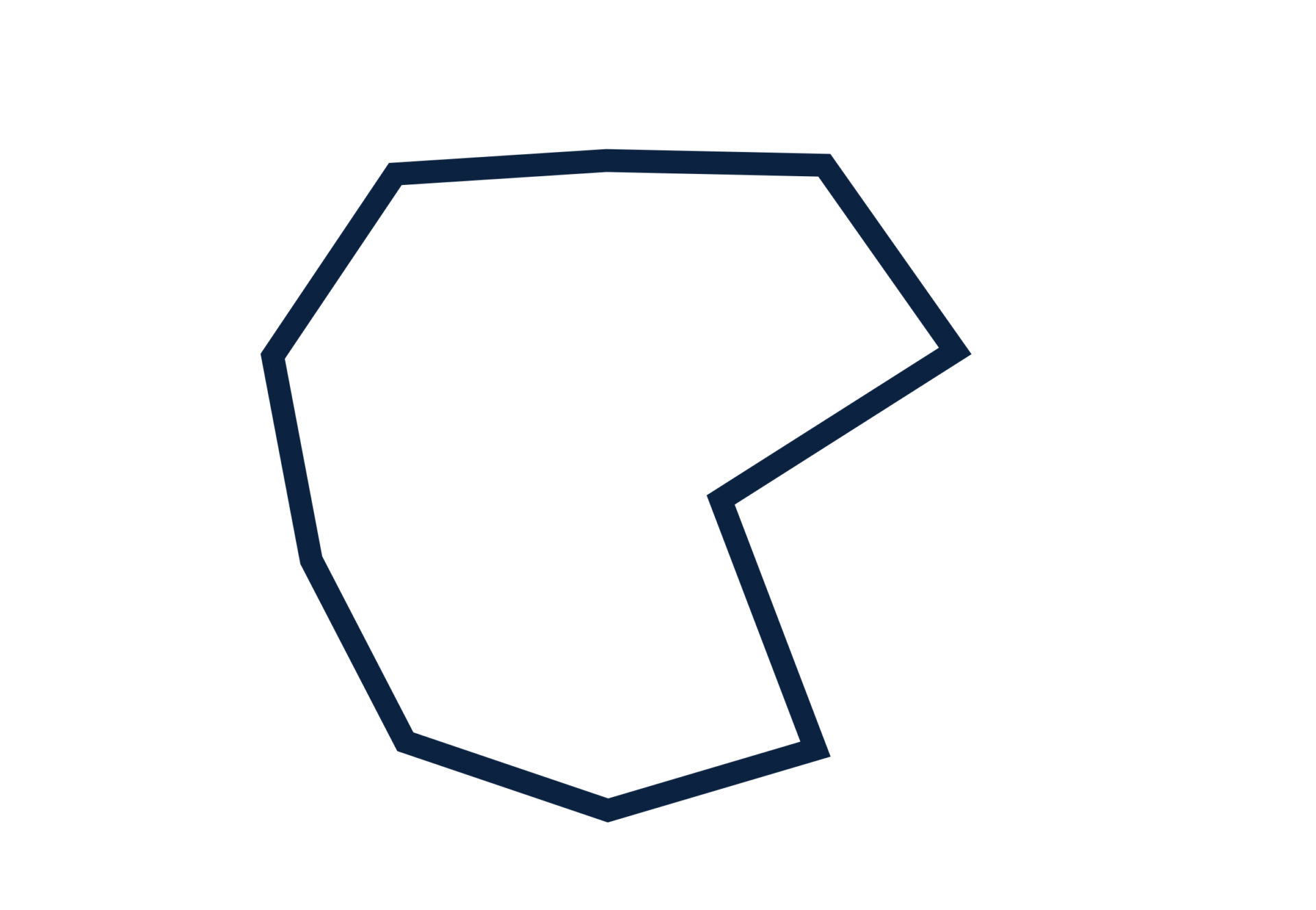

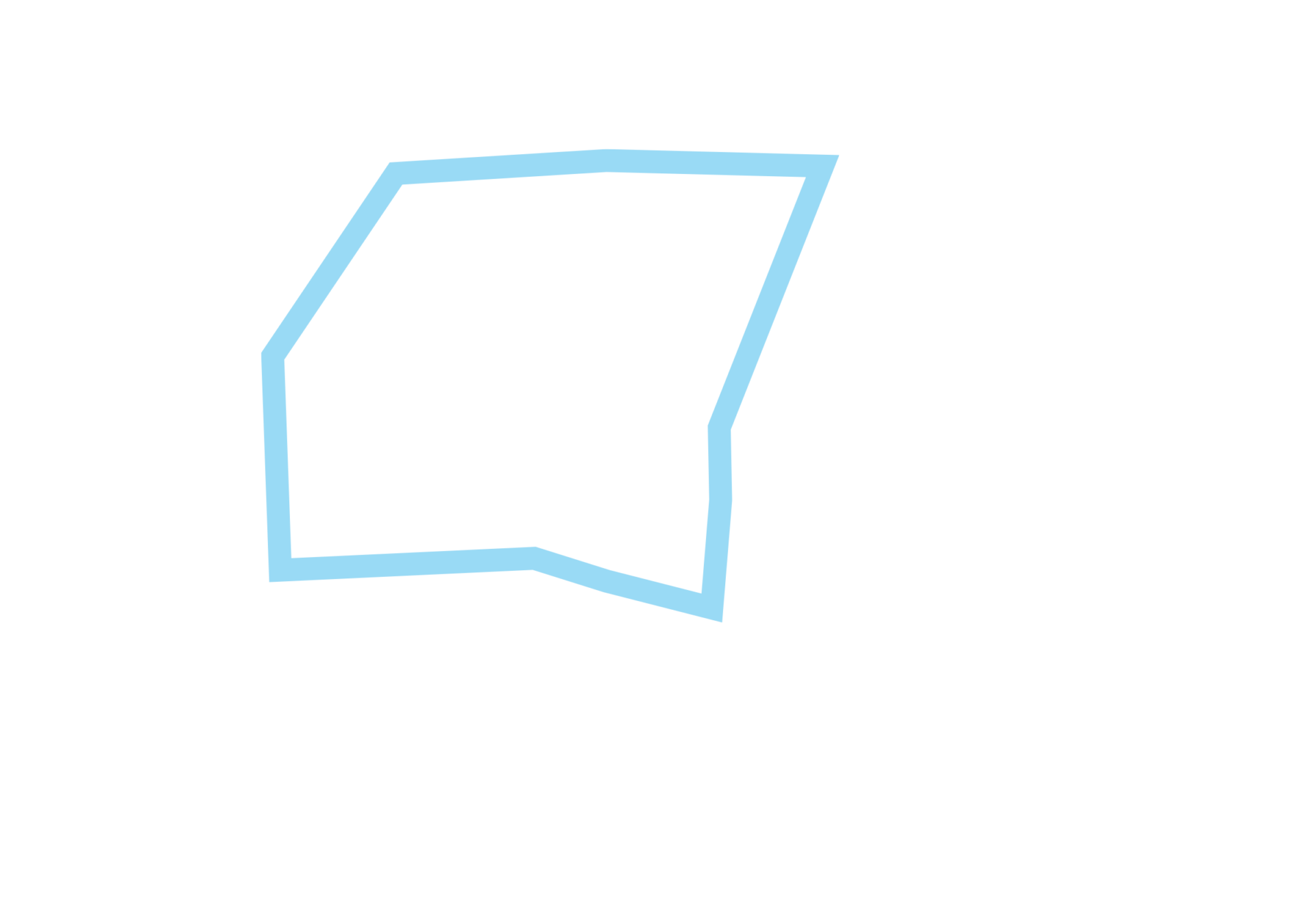
Find out more about EnergyGuard™ Selective Transmission or discover where to buy.
We hope you found our blog on what causes pool algae and how to treat it helpful!












